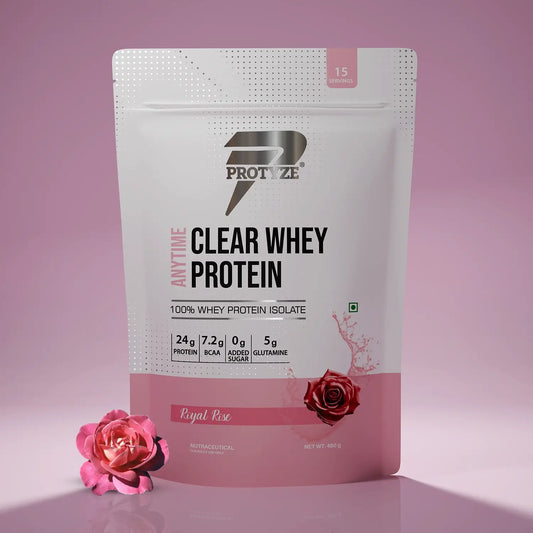Looking to supercharge your workouts with a dynamic, full-body exercise? The squat thrust is a powerful move that blends strength, cardio, and explosiveness, making it a go-to for building fitness and burning calories.
Often confused with burpees, squat thrusts are simpler yet highly effective, perfect for beginners and advanced athletes alike. In this blog, we’ll break down what a squat thrust is, its science-backed benefits, and how to perform it with perfect technique to maximize results.
What Is a Squat Thrust?
A squat thrust is a bodyweight exercise that combines a squat with a plank, engaging multiple muscle groups in a fluid, high-intensity motion. It’s a staple in HIIT (High-Intensity Interval Training), boot camps, and functional fitness, designed to boost strength, endurance, and cardiovascular fitness. Unlike a burpee, which includes a jump and chest-to-ground motion, the squat thrust skips these, focusing on the squat-to-plank transition for a lower-impact yet challenging move.
Key Features of Squat Thrusts
- Bodyweight: No equipment needed, ideal for home or gym workouts.
- Full-Body: Targets legs, core, and upper body.
- Cardio + Strength: Elevates heart rate while building muscle endurance, per Journal of Sports Sciences (2016).
- Scalable: Adjust pace or reps for beginners or advanced.
Muscles Worked in a Squat Thrust
Squat thrusts engage multiple muscle groups, making them a compound movement:
Lower Body
- Quadriceps: Power the squat and push-off.
- Hamstrings: Assist in squatting and stabilizing.
- Glutes: Drive hip extension.
Core
- Rectus Abdominis, Transverse Abdominis: Stabilize during plank and transitions.
- Obliques: Support lateral stability.
Upper Body
- Shoulders (Deltoids): Stabilize in plank.
- Triceps: Support arm positioning.
- Chest (Pectoralis Major): Engage lightly during plank.
Hip Flexors
Facilitate leg movement between squat and plank.
This multi-muscle activation burns 10-15 kcal per minute, depending on intensity (Journal of Strength and Conditioning Research, 2017).
Benefits of Squat Thrusts
Squat thrusts offer a range of benefits, making them a versatile addition to your routine:
- Builds Full-Body Strength: Engages legs, core, and upper body, improving functional strength.
- Boosts Cardiovascular Fitness: Elevates heart rate, improving VO2 max by 5-10% over 6 weeks of HIIT (Journal of Applied Physiology, 2018).
- Burns Calories: High metabolic demand supports fat loss.
- Enhances Explosiveness: Trains fast-twitch fibers for power, benefiting sprinting or sports, per Journal of Sports Sciences (2016).
- Improves Core Stability: Strengthens abs and lower back, reducing injury risk.
- Time-Efficient: Delivers strength and cardio in one move, ideal for quick workouts.
- No Equipment Needed: Perfect for home or travel.
How to Perform a Squat Thrust: Technique Guide
Mastering squat thrust form ensures maximum benefits and safety. Here’s a step-by-step guide, with variations for all levels.
Equipment Needed
- None (bodyweight).
- Optional: Mat for comfort on wrists or knees.
Step-by-Step (Standard Squat Thrust)
- Starting Position: Stand with feet shoulder-width apart, arms at your sides.
- Squat: Bend your knees and lower into a deep squat, placing hands on the floor in front of you.
- Thrust Back: Jump or step both feet back into a plank position, keeping your body in a straight line from head to heels.
- Return: Jump or step your feet back toward your hands, returning to the squat position.
- Stand: Rise to the starting position, keeping core engaged.
- Repeat: Perform 3-4 sets of 10-15 reps or 20-30 seconds for HIIT, resting 30-60 seconds between sets.
Technique Tips
- Core Engagement: Brace your core throughout to avoid sagging hips.
- Neutral Spine: Keep your back straight in plank to protect your lower back.
- Controlled Pace: Move smoothly to maintain form, especially for beginners.
- Hand Placement: Place hands directly under shoulders in plank for stability.
- Breathing: Exhale when thrusting back, inhale when returning to squat.
- Tempo: Use a 1-1-1 tempo (1s squat, 1s thrust, 1s return) for steady reps, or faster for cardio.
Variations
- Beginner (Step-Back Squat Thrust): Step feet back one at a time instead of jumping to reduce impact.
- Knee-Friendly: Perform on forearms or a soft surface to ease wrist/knee strain.
- Advanced (Burpee Squat Thrust): Add a jump at the end, increasing intensity (not a true burpee, as it skips chest-to-ground).
- Weighted Squat Thrust: Hold light dumbbells (5-10 lbs) for added resistance.
Common Mistakes to Avoid
Avoid these errors to keep squat thrusts safe and effective:
-
Sagging Hips: Dropping hips in plank strains the lower back.
- Fix: Brace core and keep body straight.
-
Rushing Reps: Moving too fast sacrifices form.
- Fix: Slow down until form is perfect.
-
Improper Hand Placement: Hands too far forward stress shoulders.
- Fix: Align hands under shoulders.
-
Skipping Warm-Ups: Cold muscles risk strains.
- Fix: Do 5-10 minutes of dynamic stretches (e.g., leg swings, arm circles).
-
Overdoing Reps: Too many reps lead to fatigue and poor form.
- Fix: Start with 10-15 reps, progressing gradually.
Sample Squat Thrust Workout
Incorporate squat thrusts into a full-body or HIIT routine:
- Squat Thrust (HIIT): 4 sets x 30 seconds max reps, 30s rest.
- Push-Ups: 3 sets x 10-12 reps (60s rest).
- Bodyweight Squats: 3 sets x 12-15 reps (60s rest).
- Plank Hold: 3 sets x 30-45 seconds (60s rest).
- Mountain Climbers: 3 sets x 20 seconds max reps (30s rest).
Total: 16 sets, within the 10-20 set range for hypertrophy/cardio. Perform 1-3 times weekly, with 48-72 hours recovery. Warm up with 5-10 minutes of dynamic stretches and light squats.
Integrating Squat Thrusts into Your Routine
- Frequency: Include squat thrusts 1-3 times per week, as part of HIIT, full-body, or leg/core days.
- Placement: Use as a warm-up, cardio finisher, or main exercise in HIIT circuits.
- Progressive Overload: Increase reps, duration (e.g., 30s to 45s), or add variations (e.g., weighted).
- Pairing: Combine with push-ups, squats, or planks for a balanced workout.
Nutrition for Squat Thrust Performance
Squat thrusts demand energy and recovery:
- Protein: Target 0.8-1g per pound of bodyweight daily (e.g., 160g for 200 lbs). Post-workout, Protyze Nitro Clear Whey (30g protein, 3g creatine) supports repair when mixed with water (not milk).
- Calories: Aim for a 300-500 kcal surplus for bulking or maintenance for fat loss. A 200-lb person might need 3,000-3,500 kcal daily.
- Carbs: Consume 2-4g per pound (e.g., rice, sweet potatoes) for energy.
- Timing: Eat 20-30g protein and 40-60g carbs 1-2 hours pre-workout (e.g., chicken and rice), and a Protyze shake within 30 minutes post-workout.
Protyze Nitro Clear Whey, made by Alphacentric Healthcare Pvt Ltd, is ideal for recovery. Its 99% lactose-free formula (Mango Delight, Orange Delight, Pink Guava) delivers refreshing protein, and the 3g creatine boosts endurance for high-intensity squat thrusts.
Conclusion
The squat thrust is a dynamic, full-body exercise that builds strength, cardio, and explosiveness, perfect for boosting fitness and burning calories. Master the squat-to-plank motion with proper form, avoid common mistakes like sagging hips, and integrate it into HIIT or full-body routines. Fuel your performance with Protyze Nitro Clear Whey (30g protein, water only) for recovery and creatine to power your thrusts. Ready to level up? Add squat thrusts to your workout, grab Protyze, and share your progress in the comments!
TL;DR
A squat thrust is a bodyweight move combining a squat and plank, targeting legs, core, and upper body. Do 3-4 sets of 10-15 reps or 20-30s for HIIT, keeping core braced and form tight. Train 1-3 times weekly, fuel with Protyze Nitro Clear Whey (30g protein, water only), and aim for a 300-500 kcal surplus or maintenance.





